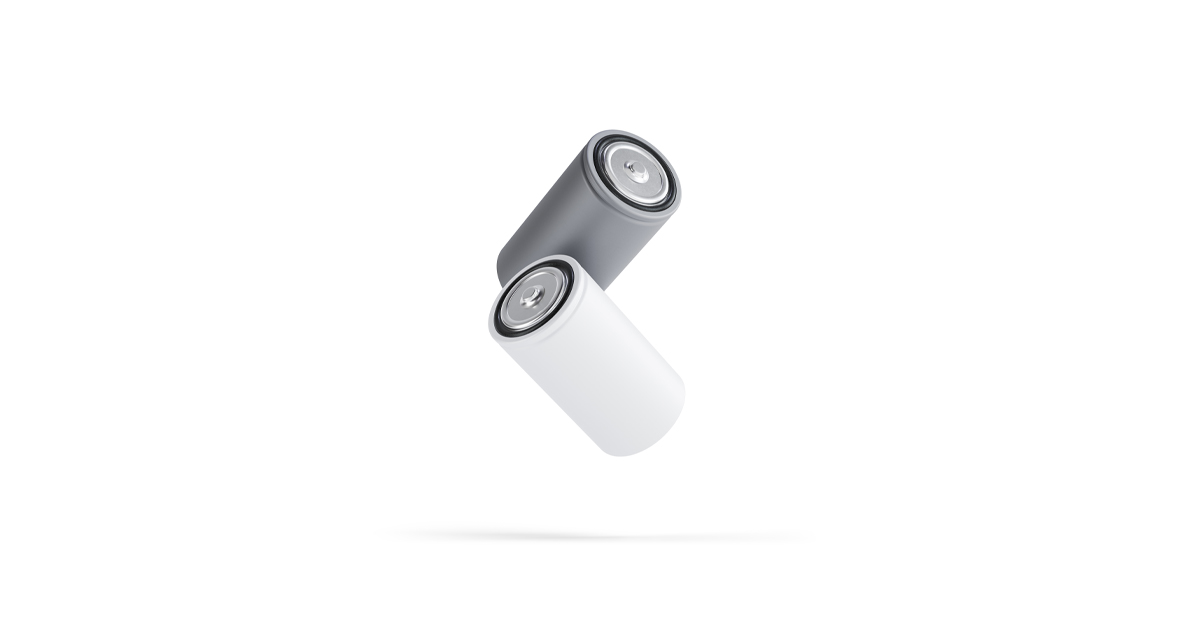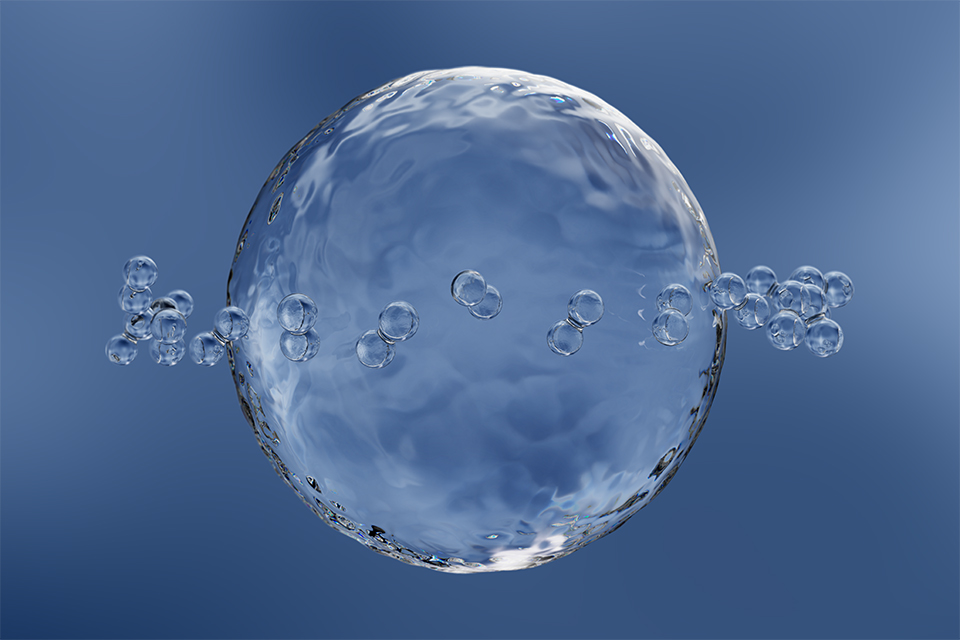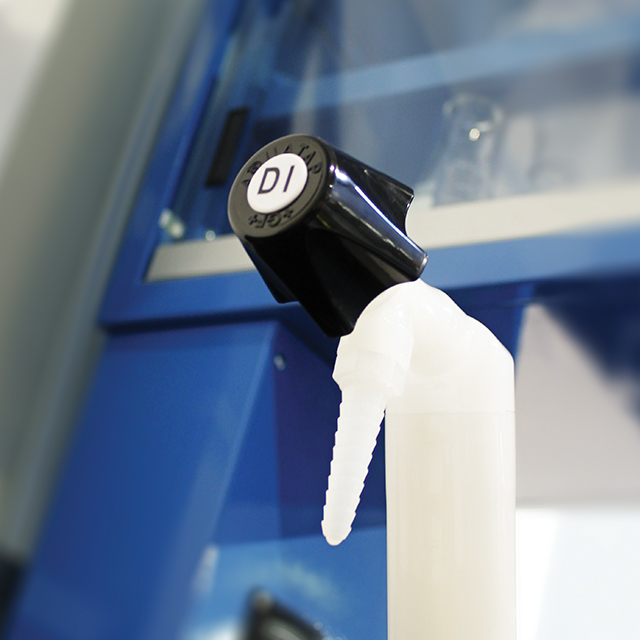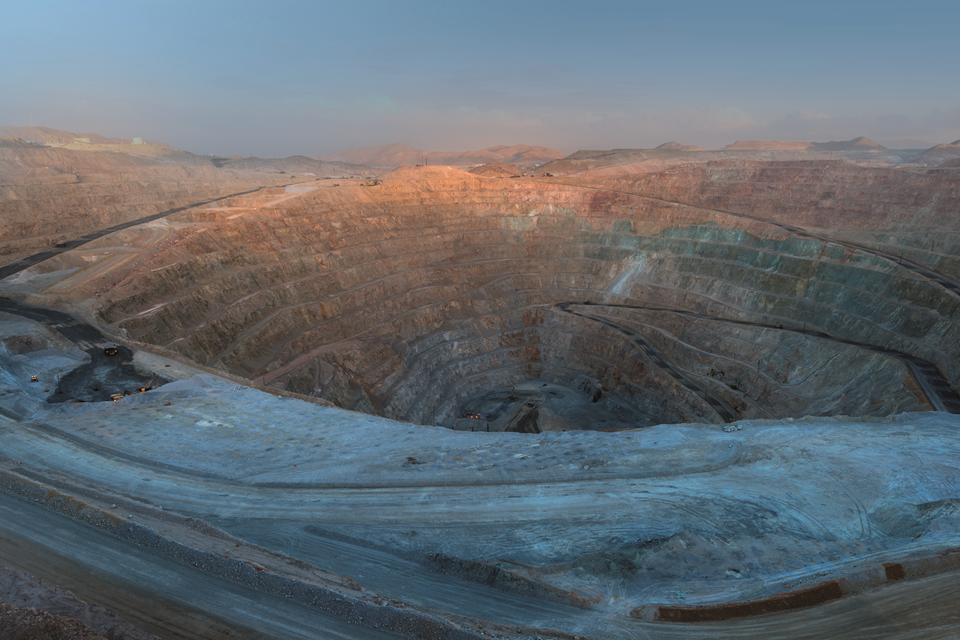A Path of Growth and Innovation
Georg Fischer, with over 200 years of history, was founded by Johann Conrad Fischer in 1802. Starting as a small copper smelting plant, it has grown into a global industrial leader. In the late 19th century, the company began producing malleable cast iron fittings, forming the foundation for GF Piping Systems. Today, GF Piping Systems is a leading supplier of piping systems for the safe and reliable transport of liquids and gases. Customer-centric innovation and sustainability continue to be its core values.




















